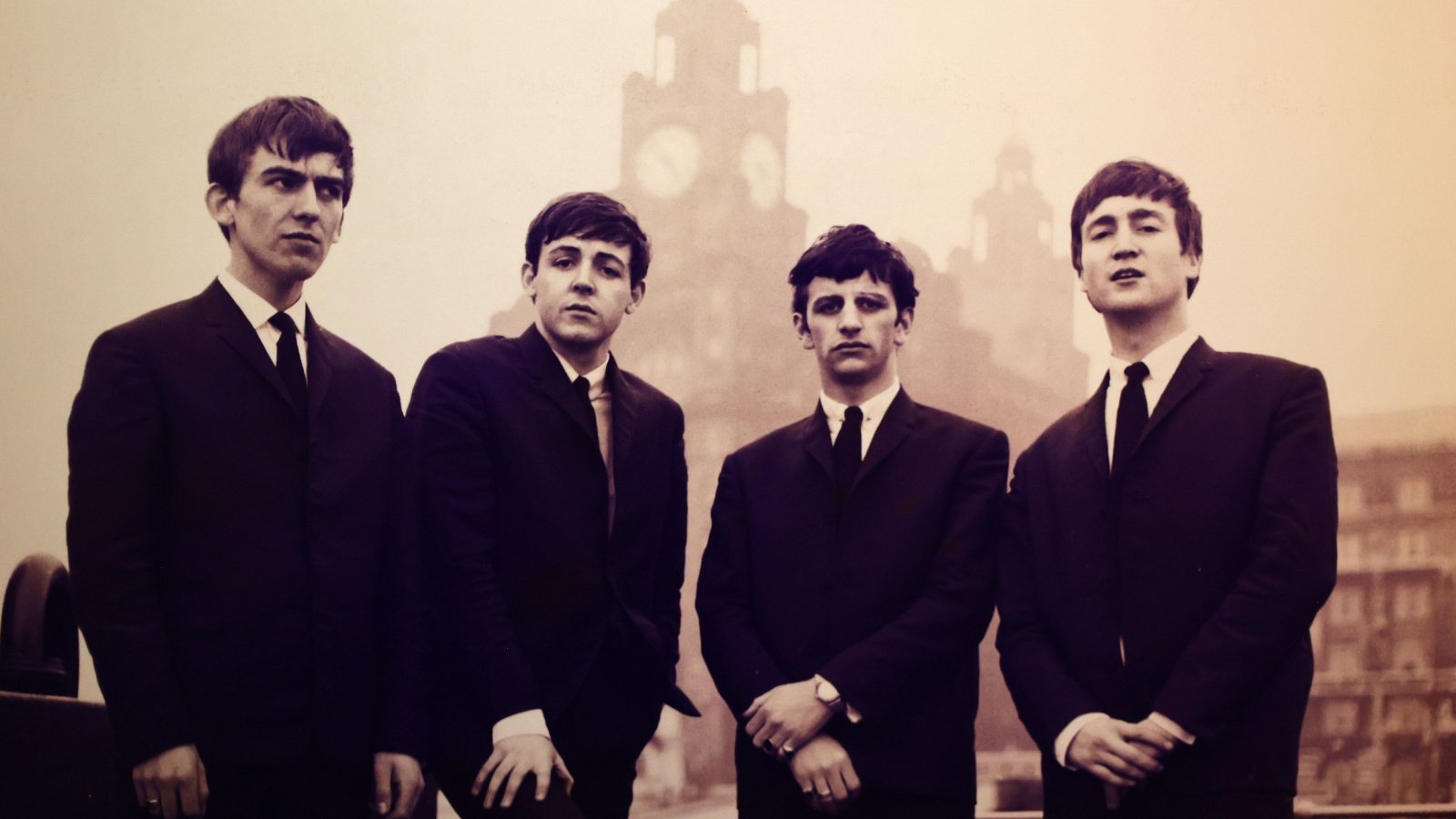Cultural quirks can be both baffling and delightful, especially when comparing norms across continents. Americans traveling to Europe often encounter habits and customs that seem unusual through a stateside lens. From cheek kisses to paying for restroom access, these European practices can provide a mix of shock, amusement, and cultural insight.
Kiss on Both Cheeks

In many parts of Europe, greeting someone with a kiss on both cheeks is a common custom. Americans might find this practice a bit too personal, as a handshake or a simple wave is more typical in the U.S. This friendly gesture can catch visitors off guard but quickly feels warm and welcoming.
Paying for Restrooms

It’s not uncommon in Europe to pay a small fee to use public restrooms, especially in tourist areas or train stations. Americans might be surprised by this, as free public restrooms are more standard in the United States. The concept of carrying a change when using the bathroom can seem odd to visitors.
Drinking Warm Beer

In countries like the U.K., beer is often served at cellar temperature, which Americans might perceive as warm. This tradition stems from the types of beer brewed in Europe, which are said to have their flavors best expressed slightly warmer than the ice-cold beers preferred in the U.S. Adjusting to this can take some time for American beer aficionados.
Late Dining

Spaniards and Italians often eat dinner much later than Americans are used to, sometimes as late as 10 p.m. This can be a jolt to visitors from the U.S., where dinner around 6 p.m. is more common. The vibrant late-night culture around dining is a staple in many European countries.
Extended Coffee Breaks

In many European countries, a coffee break can be a leisurely affair, often extending to an hour or more. This is quite different from the American “grab and go” coffee culture. Europeans tend to savor their coffee slowly and use the time as a genuine break from work.
Small Refrigerators

European kitchens often feature smaller refrigerators than what most Americans are used to. This is partly because Europeans tend to shop more frequently for fresh ingredients. The smaller appliance size reflects a different approach to food storage and meal planning.
Shops Closing Midday

In many Southern European countries, it’s common for shops to close in the afternoon for a few hours. This break, often called a siesta, allows shop owners to rest and escape the midday heat. Tourists from the U.S. might find themselves puzzled by the closed signs in shop windows during these hours.
Fewer Ice Cubes
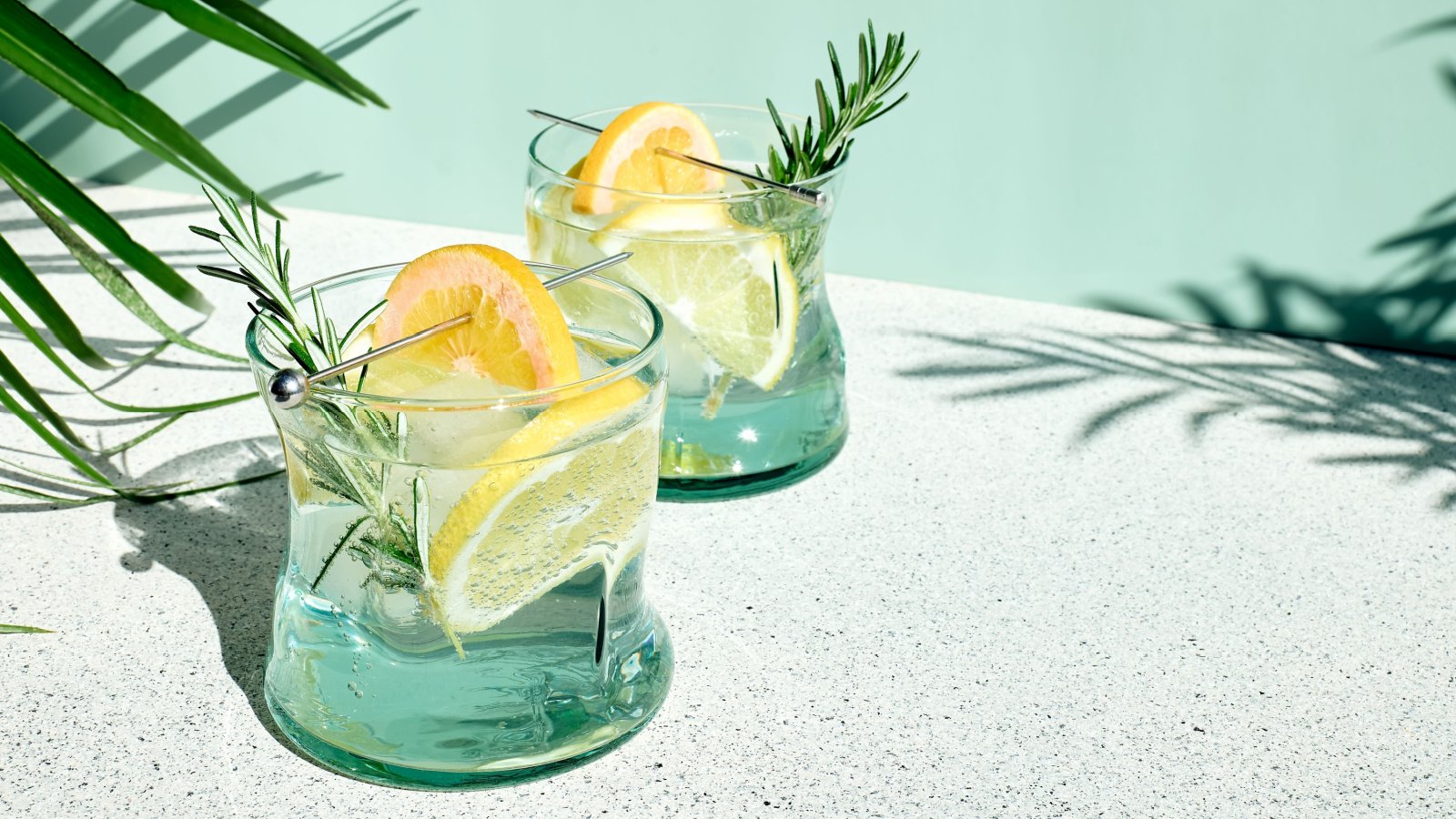
Americans might find their drinks in Europe served with fewer ice cubes than they’re accustomed to if any at all. In Europe, the preference tends to be for less ice to better enjoy the drink’s true flavor. This can be a subtle yet surprising adjustment for American visitors.
Roundabouts Over Stop Signs

Europeans prefer roundabouts for traffic control, while Americans are more accustomed to stop signs and traffic lights. The roundabout system can be daunting for those not used to it, but it is appreciated for keeping traffic flowing smoother and faster. First-time visitors driving in Europe may find these a tricky challenge.
Paying for Tap Water in Restaurants

In some European countries, it’s common to be charged for tap water in restaurants, which is often served in a bottle. This practice is unusual for Americans, who are used to complimentary water. Understanding this before dining out can save some surprises when the bill arrives.
Different Breakfast Foods

European breakfasts can vary significantly from the American staple of bacon and eggs. In places like France or Italy, a breakfast might consist simply of a pastry and coffee. This lighter fare can be unexpected for those used to more hearty morning meals.
Relaxed Pacing in Service
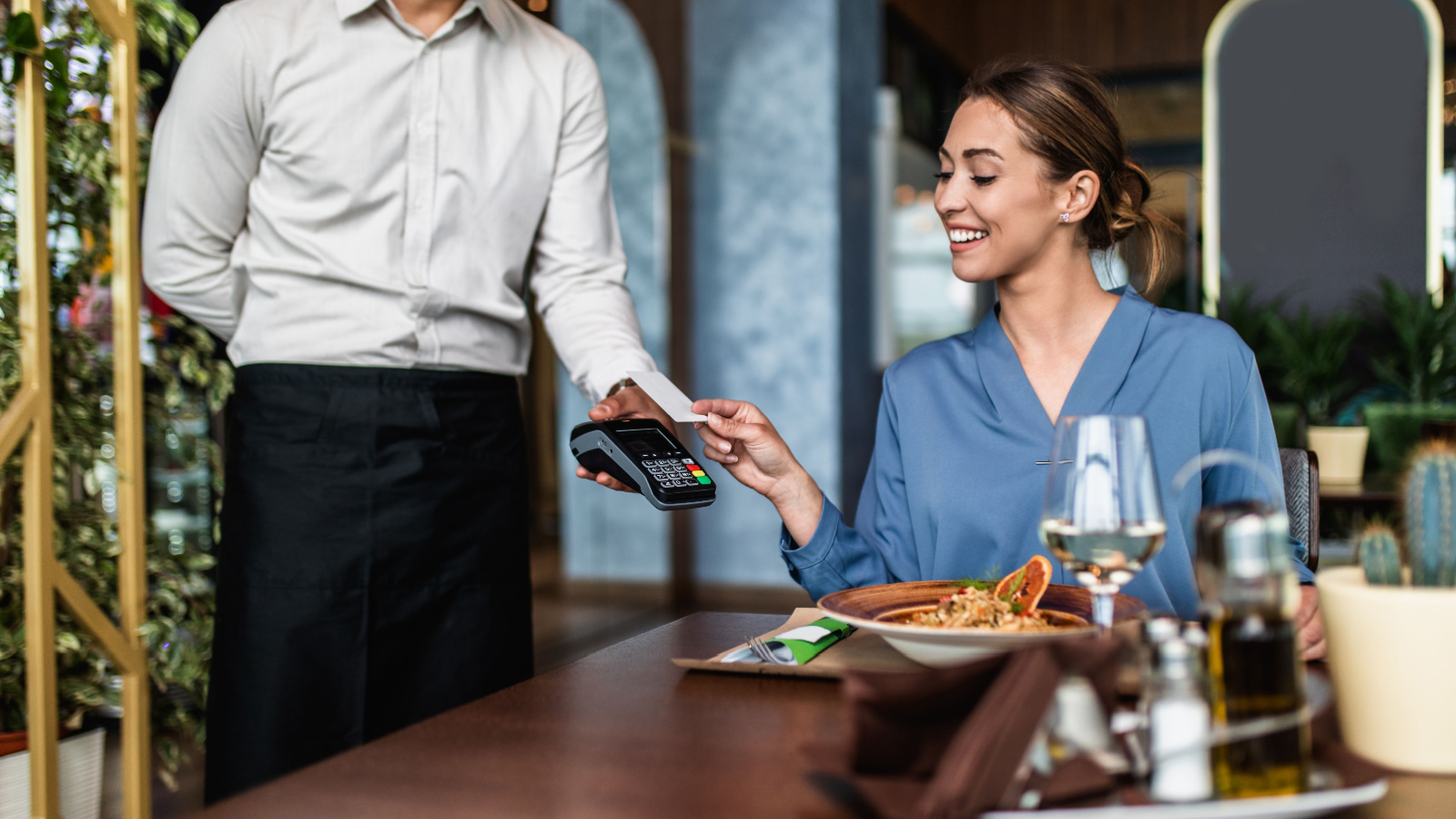
Service in European restaurants and cafes can appear slow to Americans, who are used to quick, often immediate service expectations. In Europe, dining is viewed as an experience to be enjoyed, not rushed through. Patience becomes a necessary virtue for enjoying a meal the European way.
Using Public Transportation More Frequently

In Europe, public transportation is widely used by people of all demographics, including for commuting to work or exploring cities. Americans, especially those from more car-dependent areas, might find the extensive networks of buses, trams, and trains impressive but daunting. Embracing this system can be an adjustment but also an adventure in navigating new cities.
No Air Conditioning in Many Places

In Europe, it’s not always standard to have air conditioning in homes or even in some hotels, especially in northern regions. This can come as a shock to Americans visiting during the hotter months. Europeans are more accustomed to dealing with the heat without relying on air conditioning.
Smaller Cars and Narrower Parking Spaces

Due to narrower streets and the premium on space, European cars and parking spaces tend to be smaller than in the U.S. Americans might find driving and parking a compact car a challenging and tight fit. This difference in vehicle size reflects the denser, more compact urban planning found across Europe.
More Frequent Train Travel

Trains are a much more common mode of transportation in Europe than in the U.S., with extensive networks that can take travelers across and between countries efficiently. For Americans, the convenience and speed of train travel in Europe can be a pleasant surprise. It’s a practical and scenic way to see the continent.
Biking as a Primary Transport Method

In cities like Amsterdam or Copenhagen, biking is not just a recreational activity but a primary mode of transportation. This cycling culture is deeply ingrained and supported by extensive bike lanes and facilities. Americans might find the prominence of biking as transportation both inspiring and intense.
Emphasis on Local and Seasonal Foods
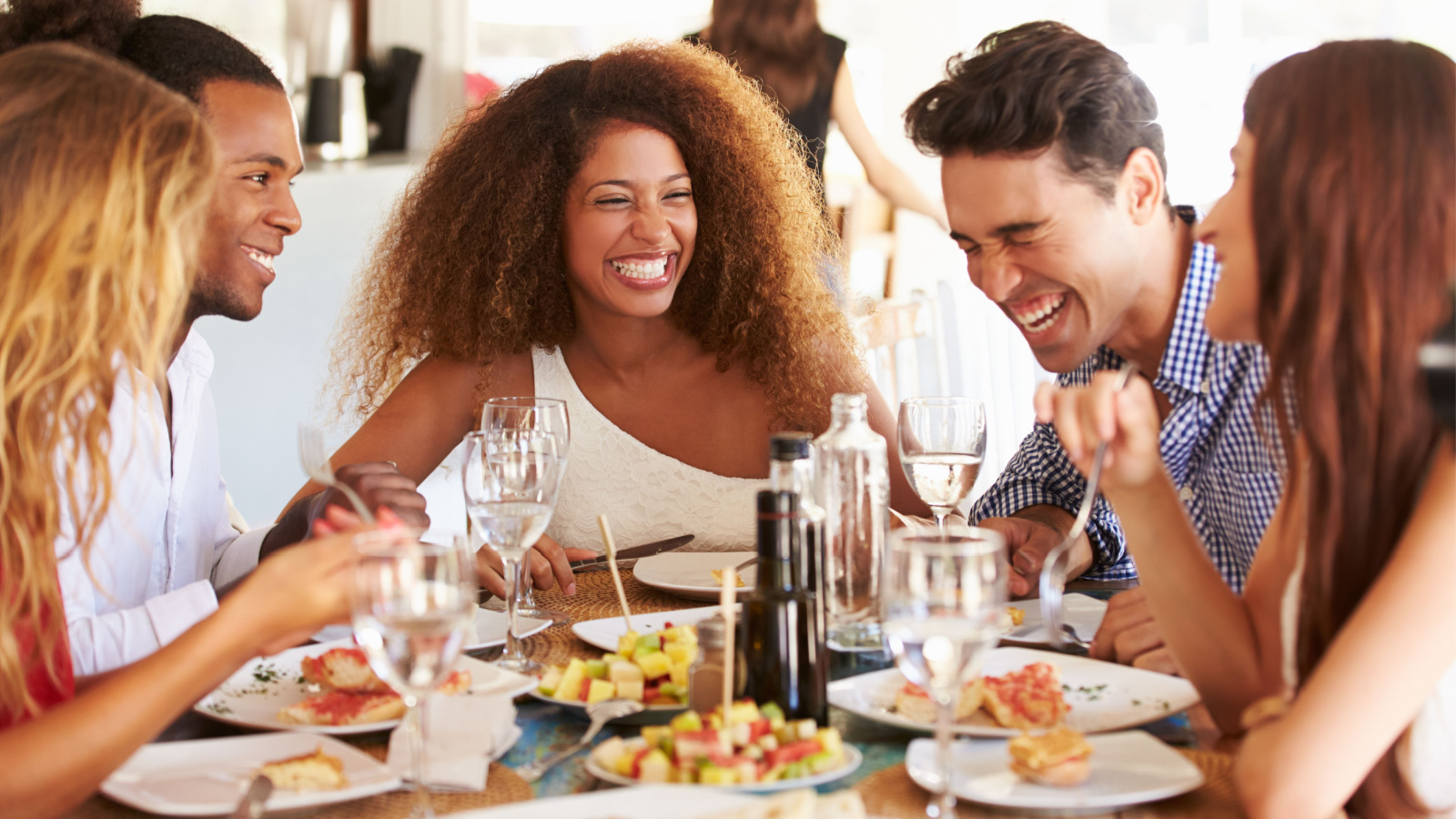
European markets and restaurants often emphasize local and seasonal produce, which can be different from the U.S. supermarket culture of year-round availability. This focus on seasonality ensures fresh and flavorful food but requires some adjustment for those used to having a wide variety of produce available at all times.
Formality in Dressing
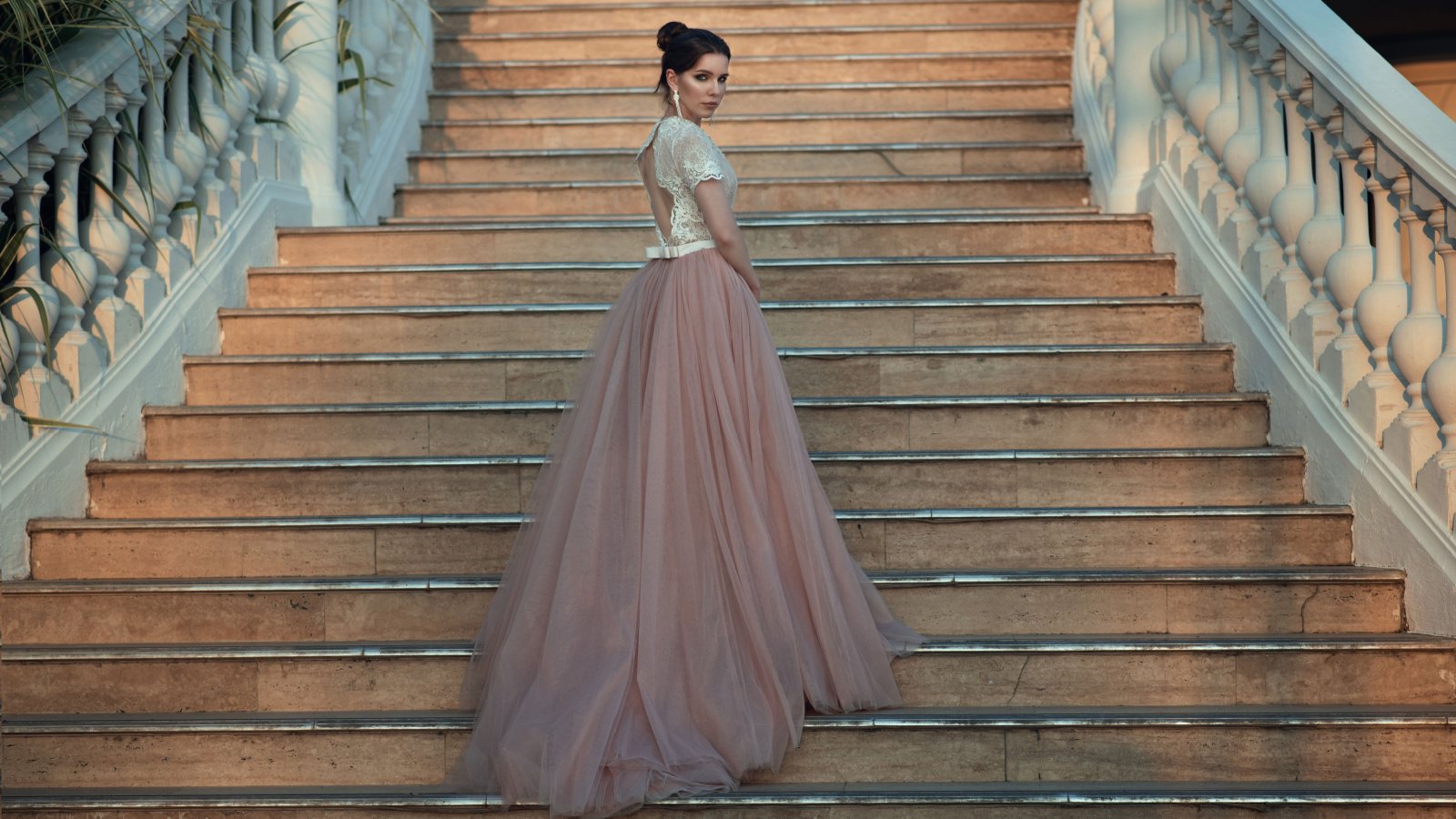
Europeans often dress more formally in public than Americans. It’s not unusual to see people wearing what Americans might consider business attire for casual outings. This norm can make packing an interesting challenge for American tourists.
Tolerance for Smoking

Smoking is more socially accepted and prevalent in public places in many parts of Europe compared to the U.S. American visitors might be surprised by the visibility of smokers, especially at restaurants and outdoor cafes. Adapting to this aspect of European social life can be one of the more difficult adjustments.
Multiple Languages Spoken Commonly

In many European countries, it’s common for locals to speak multiple languages fluently. This multilingual ability can be surprising to Americans, who may only speak one language. The ease and frequency of switching between languages in Europe highlight a cultural embrace of diversity and communication.
Conservatism in Resource Use

Europeans tend to be more conservative in their use of resources, such as electricity and water, partly due to higher costs. This conservation can be seen in everything from shorter showers to smaller household appliances. Americans used to abundant resource use might find these practices notably frugal.
Legal Drinking in Public Places
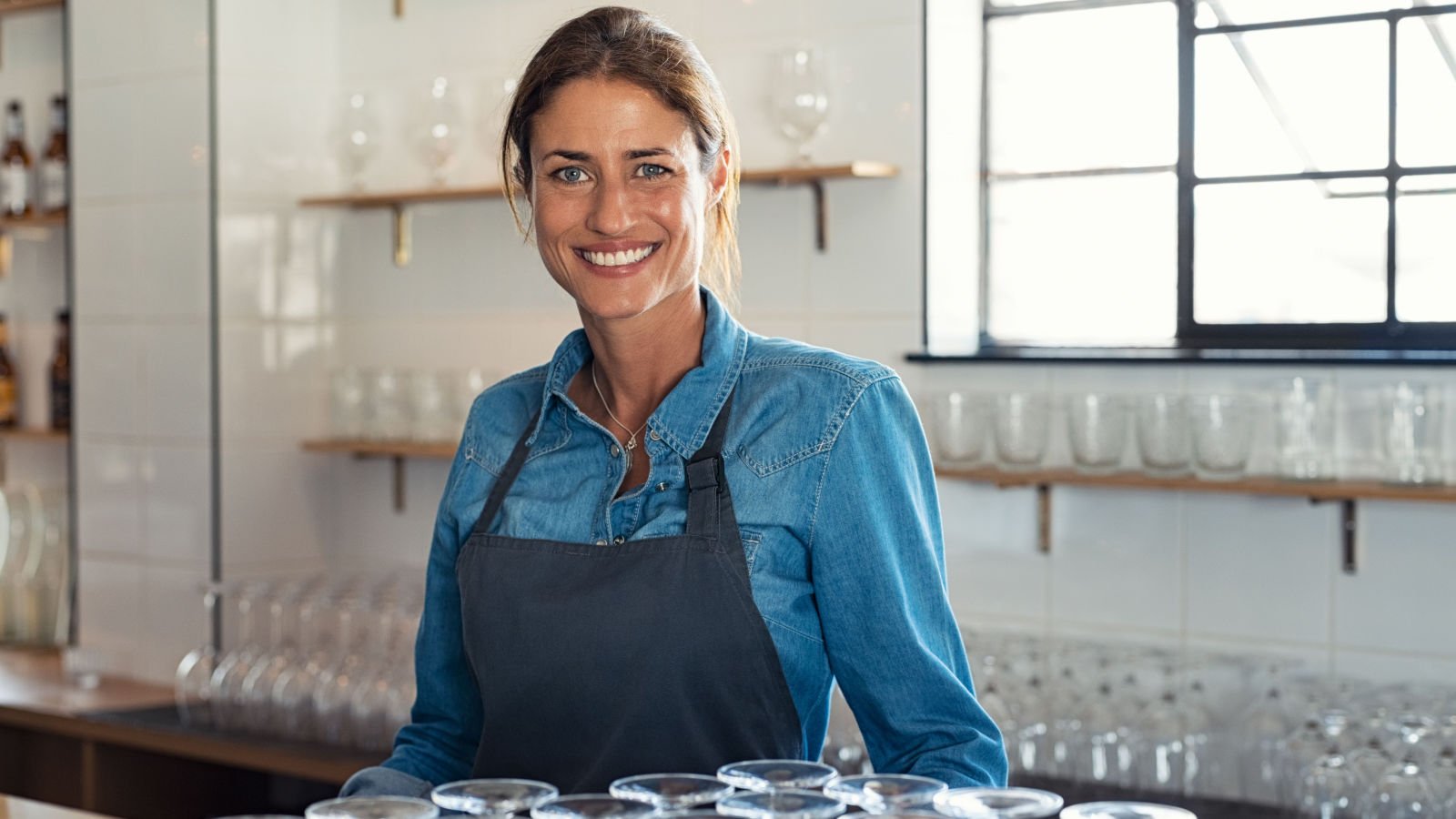
In many European cities, it’s legal and common to consume alcohol in public spaces, such as parks or city squares. This openness can be quite a shift for Americans, where public drinking is generally restricted. The casual approach to alcohol consumption reflects a different cultural attitude toward drinking.





